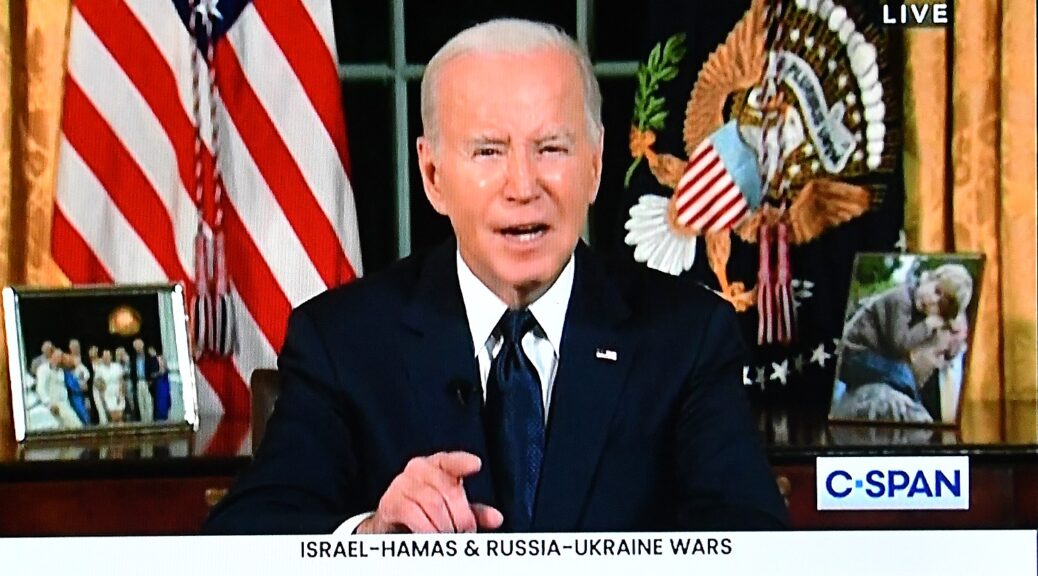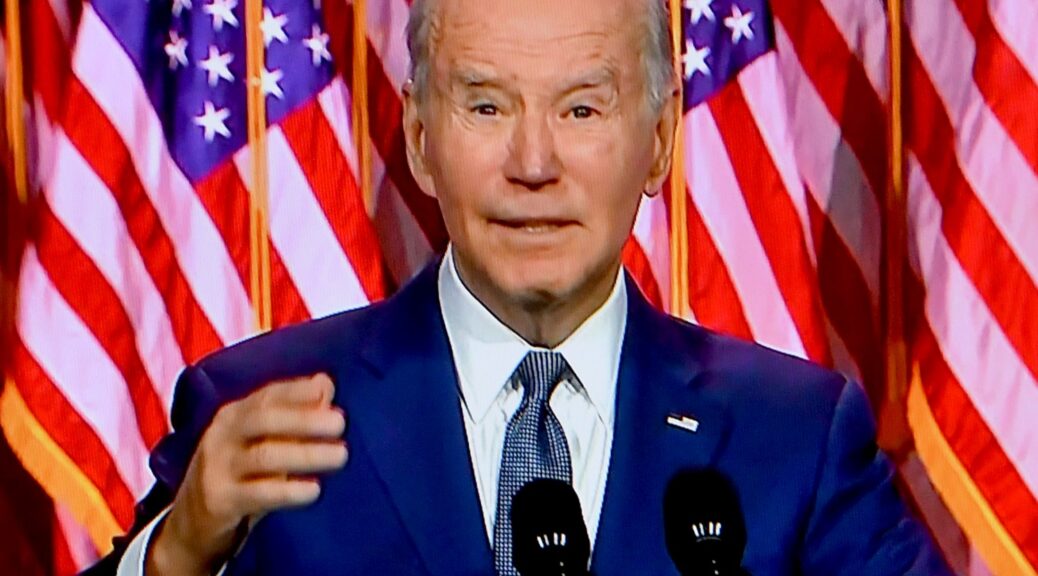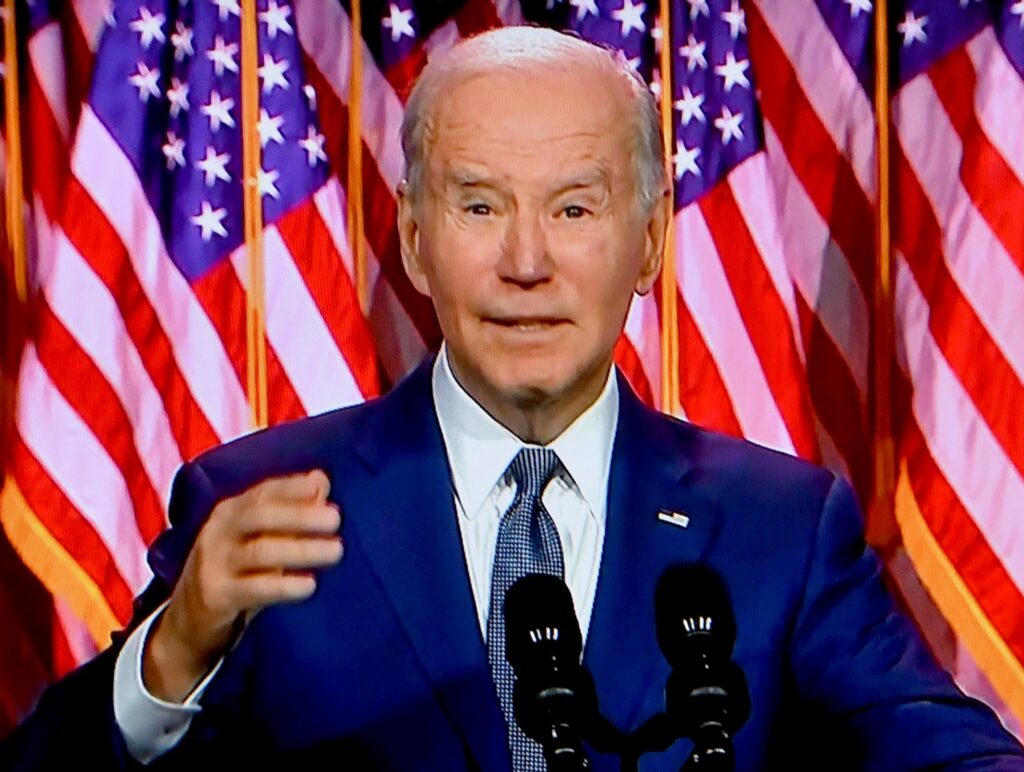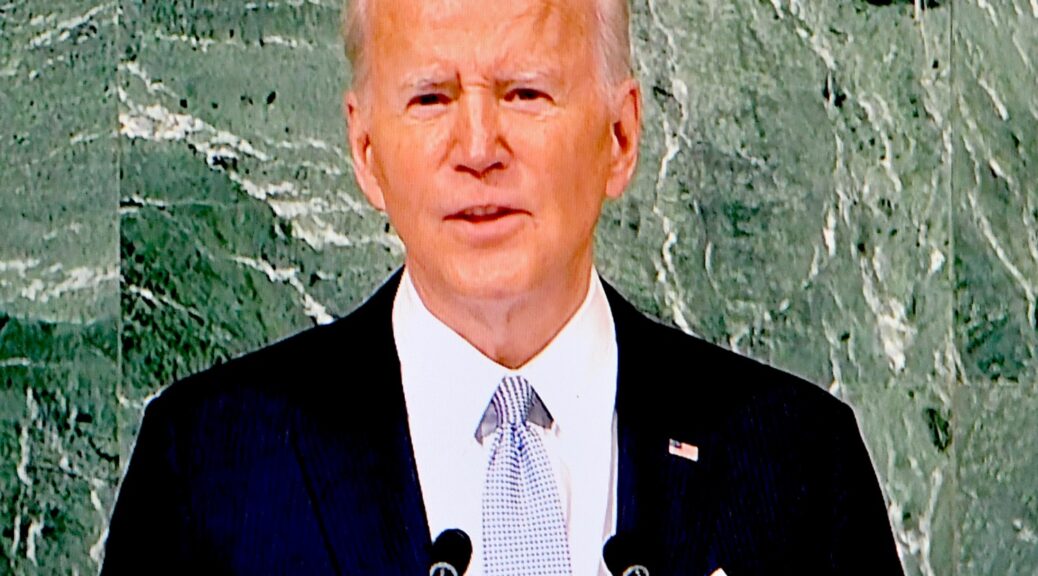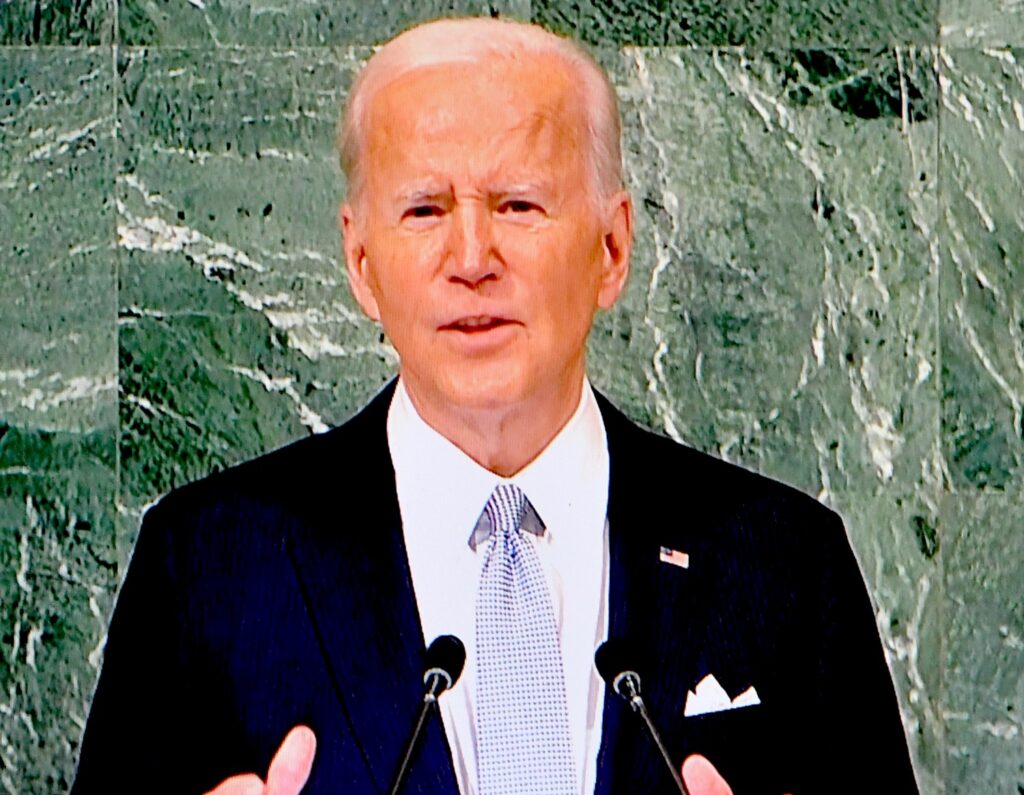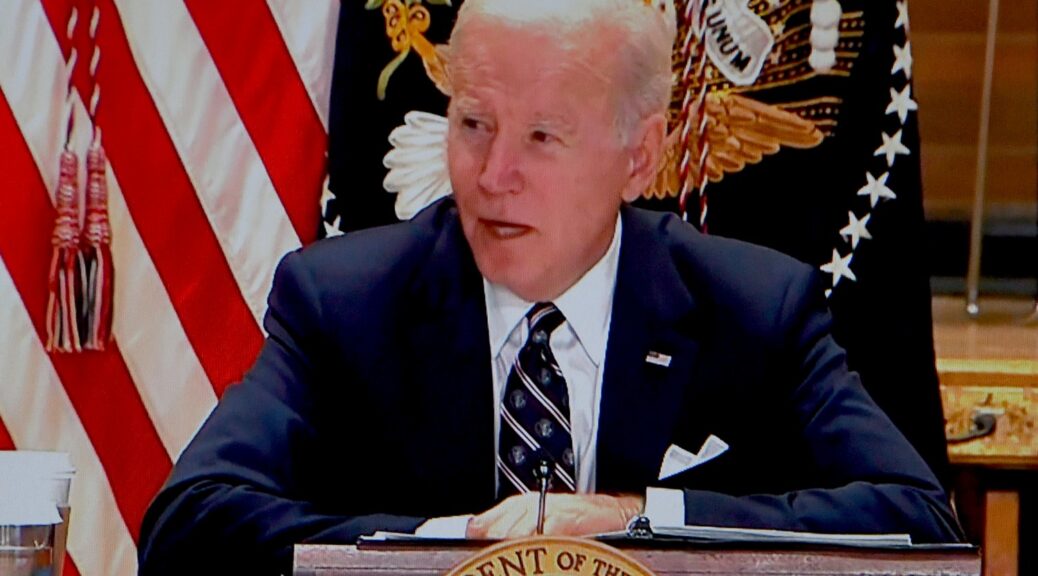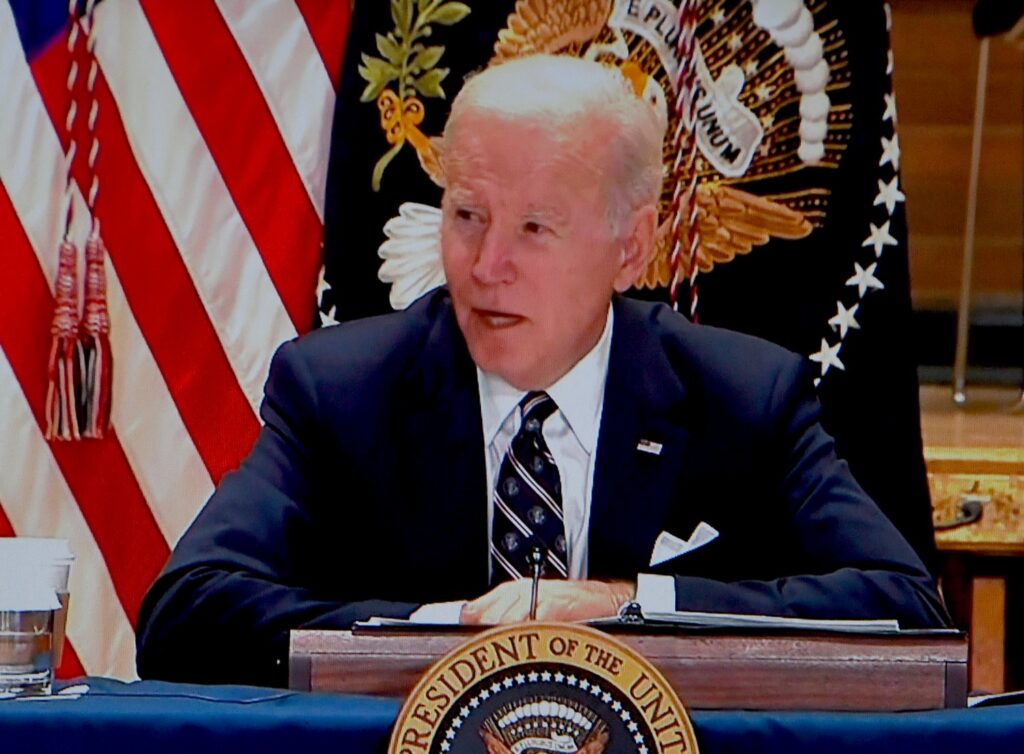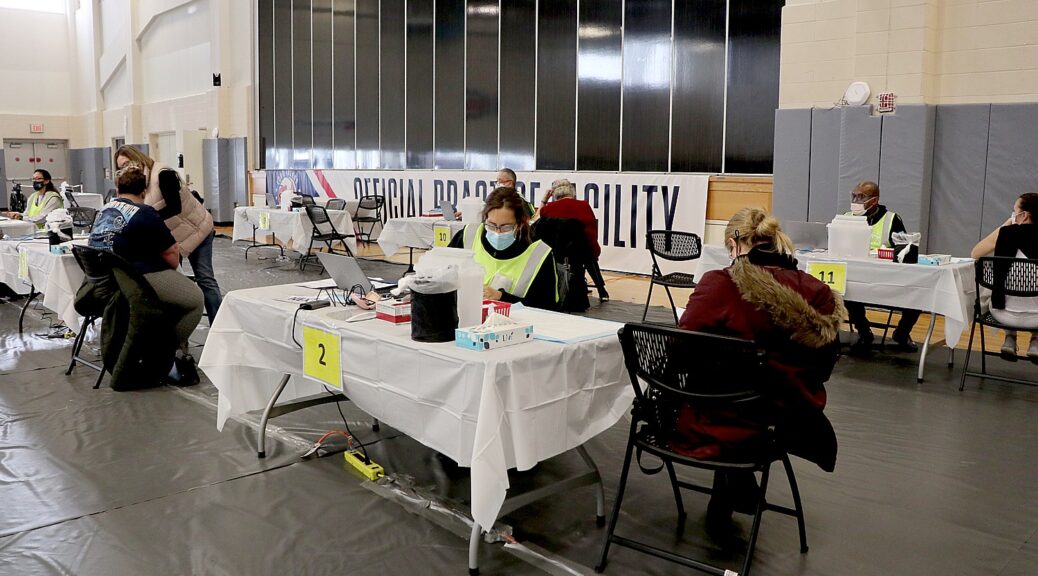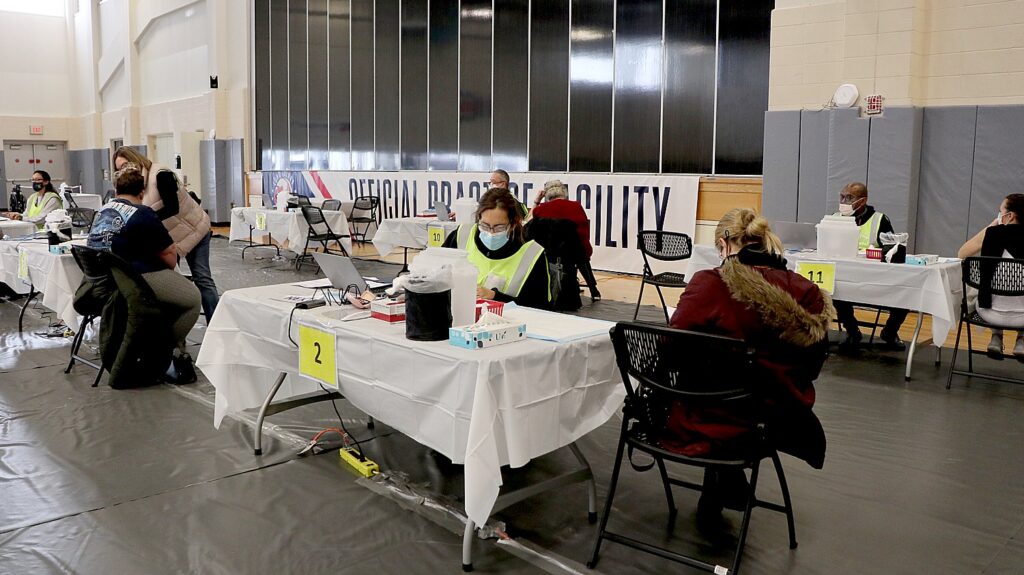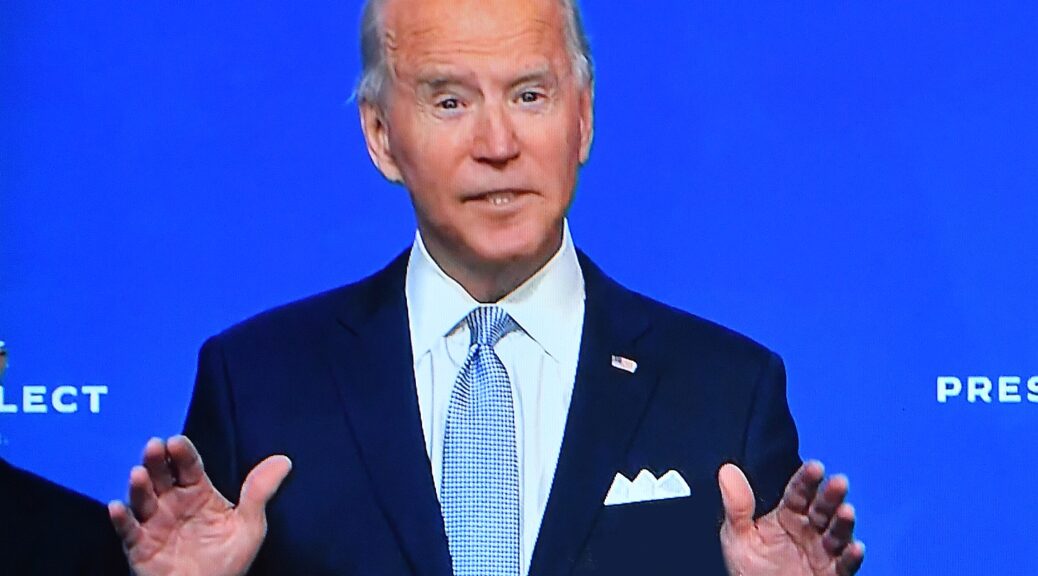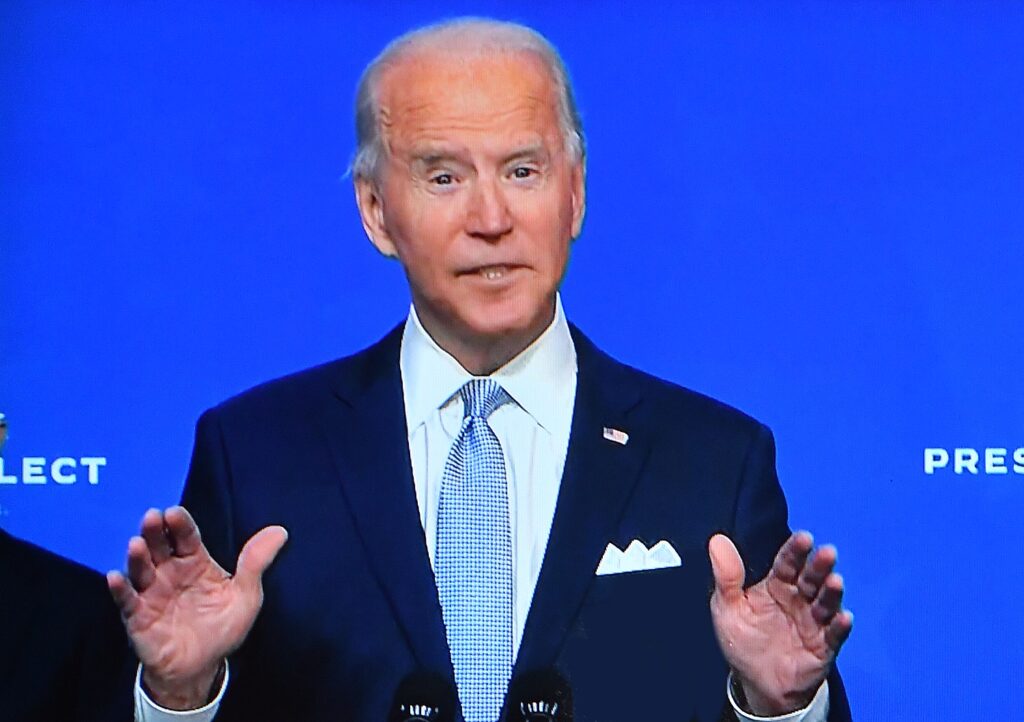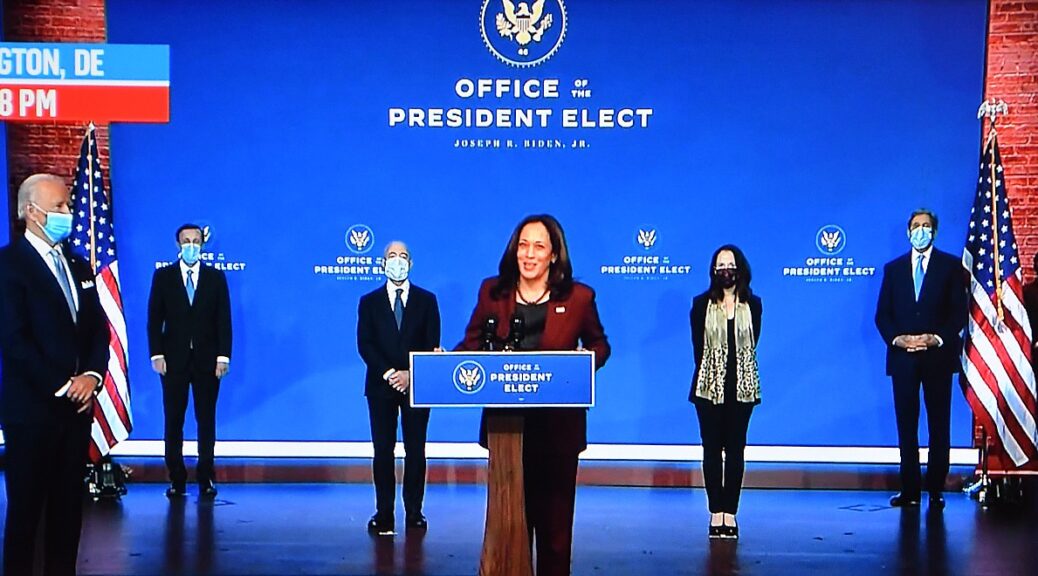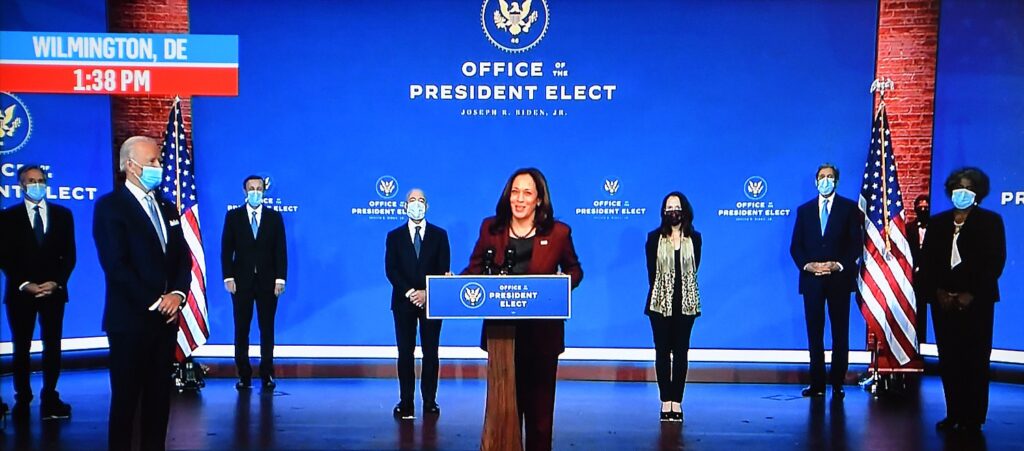Following his Oval Office speech to the American people outlining the nation’s interests in aiding Israel, Ukraine and bolstering the border, President Joe Biden is requesting supplemental funding from Congress that advances our national security and supports our allies and partners. This is a fact sheet from the White House:
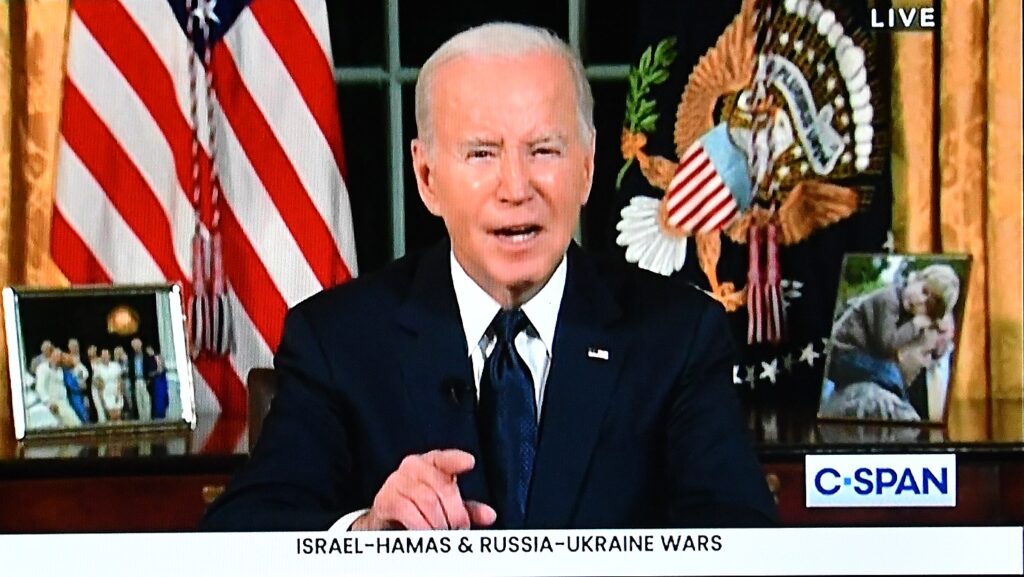
Since the horrific terrorist attack by Hamas, President Biden has surged security, intelligence, and diplomatic support to the people of Israel. This supplemental request will continue to provide the necessary security assistance to Israel, support Israeli efforts to secure the release of hostages, and extend humanitarian assistance to civilians impacted by the war in Israel and in Gaza.
The United States’ support to Israel comes at the same time that Vladimir Putin’s illegal war against the people of Ukraine passes its 600th day. The actions of the Biden-Harris Administration have enabled the people of Ukraine to defend their nation against a brutal and unprovoked invasion and recapture territory seized by Russian forces, liberating Ukrainian civilians from Russian occupation. The Administration’s supplemental request will provide the critical training, equipment, and weapons necessary to help Ukraine defend and recapture its sovereign territory and protect the Ukrainian people against Russian aggression.
The Administration’s supplemental invests in our military industrial base to ensure our military readiness, including replenishing resources to meet our defense needs as we support Israel and Ukraine, as well as the growing security requirements in the Indo-Pacific. Resources for the American defense industrial base will support American jobs, increase our nation’s ability to produce critically important munitions and other equipment, and ensure our Military continues to be the most ready, capable, and best equipped fighting force the world has ever seen. The Administration’s supplemental also requests increased support to allies and partners in our strategic competition with the People’s Republic of China (PRC). It will mobilize hundreds of billions from international finance institutions to provide a sustainable source of financing to developing countries as an alternative to the coercive lending practices of the PRC.
Additionally, we’ve been clear that the Congressional Republicans need to stop playing political games with border security and provide the resources our law enforcement personnel need to secure the southwest border and stop the flow of fentanyl into our country. President Biden continues to implement a regional migration strategy focused on enforcement, deterrence, and diplomacy. While progress has been made, President Biden has made clear that we need more funding to enhance our enforcement measures.
To advance our critical national security interests, the Biden-Harris Administration is calling on Congress to provide additional national security resources that will:
Support Israel’s Defense Against Terrorism
Immediately following the brutal October 7 terrorist attack in Israel, President Biden directed his Administration to take swift and decisive action to ensure the government of Israel has everything it needs to defend itself consistent with the rule of law and the law of war. To build on that support, today the Administration is requesting funding to aid Israel’s defense against these horrific terrorist attacks. This request includes funds to:
- Strengthen Israel’s defense from vicious terrorist attacks and bolster the Israeli Defense Forces through Department of Defense (DOD) assistance.
- Ensure Israel’s air and missile defense systems’ readiness with support for the Government of Israel’s procurement of Iron Dome and David’s Sling missile defense systems and components, and development of Iron Beam.
- Replenish DOD stocks that are being drawn down to support Israel in its time of need.
- Strengthen Israel’s military and enhance U.S. embassy security with foreign military financing from the Department of State.
Defend Ukraine Against Russian Aggression
Previous supplemental appropriations for direct military aid, economic and humanitarian assistance, and other support for Ukraine have been committed or nearly committed. As Ukrainians wage a tough counteroffensive and as winter approaches, the world is watching what Congress does next. The Administration’s request will provide funding for:
- Additional weapons and equipment to help Ukraine succeed on the battlefield and protect its people against Russian attacks, as well as replenish DOD stocks provided to Ukraine via Presidential drawdown authority. The weapons and equipment the United States has provided to date include air defense systems, munitions, small arms, ground maneuver units, and other key capabilities that have made a significant difference on the battlefield, helping Ukraine save countless lives and win the battles for Kyiv, Kharkiv, and Kherson.
- Continued military, intelligence, and other defense support, including robust investments in the defense industrial base, transportation costs of U.S. personnel and equipment, and continuing an enhanced U.S. troop presence in Europe among other critical support activities, in response to Russia’s war against Ukraine.
- Critical economic and civilian security assistance, including direct budget support to help Ukraine continue to provide critical services to its people and sustain its economy while under attack; assistance for investments in critical infrastructure; support for civilian law enforcement; and assistance for demining in territory recently liberated from Russian occupation.
- Support for Ukrainians displaced by Russia’s war and provided safety and shelter in the United States through Uniting for Ukraine.
- Nuclear and radiological crisis management, response, and partner capacity building in case of emergencies as part of our general contingency planning.
Provide Life-Saving Humanitarian Assistance
In addition to funding for security assistance for Ukraine and Israel, we are also requesting funding to address humanitarian needs of innocent civilians, including those impacted by the war in Israel and in Gaza. Russia’s illegal war in Ukraine also continues to have a global impact, particularly on food security, given Ukraine’s role as the leading grain producer in the world, and this humanitarian assistance will address global needs. Our humanitarian assistance is critical to demonstrating U.S. leadership amid unprecedented levels of humanitarian need, geopolitical competition, and global challenges. This request includes funds to:
- Provide life-saving humanitarian assistance and support for innocent civilians devastated by Putin’s unjust war in Ukraine, Hamas’ attack on Israel, and the numerous other natural and man-made crises around the world. This includes life-saving humanitarian assistance in Gaza and support for Palestinian refugees in the West Bank and surrounding areas
Strengthen Security in the Indo-Pacific
It is critically important that we not lose our focus on the importance of integrated deterrence in the Indo-Pacific. Our allies and partners in the region need our support more than ever, and this request provides resources to help them build the capabilities necessary to meet emerging challenges. This request will provide funding for:
- Security assistance for capacity building to address ongoing and emerging threats to critical allies and partners in the Indo-Pacific. This funding will bolster deterrence and support key allies and partners as they face an increasingly assertive PRC, and will support partners transitioning off of Russian military equipment.
- The United States’ Submarine Industrial Base, through improvements and infrastructure work at the Navy’s four public shipyards and increasing production rates and submarine availability through initiatives in supplier development, shipbuilder and supplier infrastructure, workforce development, technology advancements, government oversight, and strategic sourcing. This funding will accelerate build and sustainment rates for attack submarines, one of our most effective capabilities for maintaining deterrence, in order to meet U.S. military requirements.
- AUKUS. While this funding for our submarine industrial base is necessary to meet U.S. national needs, these investments will also support U.S. commitments under AUKUS – our trilateral security partnership with Australia and the United Kingdom – the first major deliverable of which was our historic decision to support Australia acquiring conventionally-armed, nuclear-powered submarines. Australia has also committed to provide a proportionate financial investment in the U.S. submarine industrial base to accelerate the delivery of Virginia class submarines.
Ensure Military Readiness
As we support our partners in Israel, Ukraine, and across the Indo-Pacific, the Administration’s request –including the items described above – provides funding to ensure American military readiness by investing over $50 billion in the American defense industrial base with through replenishment funding and other forms of security assistance, like foreign military financing and the Ukraine Security Assistance Initiative. Resources for the American defense industrial base will support American jobs, increase our nation’s ability to produce critically important munitions and other equipment, and ensure our Military continues to be the most ready, capable, and best equipped fighting force the world has ever seen. Without additional replenishment funding, DOD will be unable to continue to backfill the Military Services for equipment provided via drawdown to Ukraine and Israel, thereby degrading U.S. readiness.
Provide Alternatives to Coercive PRC Financing in Developing Countries
To provide a credible alternative to the People’s Republic of China’s coercive and unsustainable financing for developing countries around the world, the Administration’s request will advance high-leverage solutions through the international financial institutions. This historic U.S. action will support the mobilization of $200 billion of new financing for developing countries backed by our partners and allies. The requested funding will:
- Materially expand development finance to the countries hard hit by the spillovers of Russia’s war through funding for the World Bank.
- Unlock up to $21 billion in new transparent lending with no additional appropriations through the authorization to lend to two International Monetary Fund (IMF) trust funds.
Additionally, we are seeking authorization to ensure the IMF can respond quickly to future global financial shocks and restore stability to both economies and markets, minimizing negative spillovers that could affect the U.S. economy, by providing the authority to extend our participation in the IMF’s New Arrangements to Borrow mechanism.
Strengthen Border Security and Enforcement
The Administration is asking Congress to provide the resources our law enforcement personnel need to secure the southwest border and stop the flow of fentanyl into our country. President Biden continues to implement a regional migration strategy focused on enforcement, diplomacy, and legal pathways and work authorization. The plan has resulted in the largest expansion of legal pathways in decades, increased the number of law enforcement personnel along the border and expedited removals of unlawful crossings thanks to historic diplomatic agreements. Despite the progress made, President Biden has made clear that we need more funding to execute on our three-part strategy, including enhancing our enforcement measures. The requested funding supports:
- An additional 1,300 border patrol agents to work alongside the 20,200 agents already funded in the FY2024 Budget.
- Funding to deploy over 100 cutting-edge inspection machines to help detect fentanyl at our southwest border ports of entry.
- Additional 1,000 law enforcement personnel and investigative capabilities to prevent cartels from moving fentanyl into the country.
- 1,600 additional asylum officers to increase by 2.5 times the number of personnel that interview and adjudicate claims for asylum and facilitate timely decisions so that those who are ineligible can be quickly removed and those with valid claims can have faster resolution.
- 375 new immigration judge teams, the largest incremental request ever, to adjudicate and process immigration cases more quickly and help reduce the caseload backlog.
- Additional grants to local governments and non-profits to support the provision of for temporary food, shelter, and other services for those recently released from DHS custody.
- Critical border management activities, including additional temporary holding facilities and detention beds for fair and fast processing for recent arrivals.
- Expansion of lawful pathways, including efforts to streamline the processing of eligible refugees and migrants through the Safe Mobility Offices Initiative.
- Support for eligible arrivals, including services to successfully resettle in the United States and become self-sufficient.
- Funding to conduct robust child labor investigations and enforcement, particularly to protect vulnerable migrant children entering the United States through the southern border.
- Reimbursement to the Department of Defense for its support provided along the southwest border in FY 2024.
Finally, our nation faces additional urgent needs for millions of hard-working Americans. In coming days, the Administration will also submit a request for supplemental funds to address recent natural disasters, avoid the risk that millions of Americans lose access to affordable high-speed internet or child care, provide additional resources for FEMA’s Nonprofit Security Grant Program, and avert a funding cliff for wildland firefighter pay. Congress should also address critical funding needs the Administration communicated earlier this fall, including to protect critical nutrition assistance for millions of pregnant women, infants, and children through the Special Supplemental Nutrition Program for Women, Infants, and Children (WIC).

